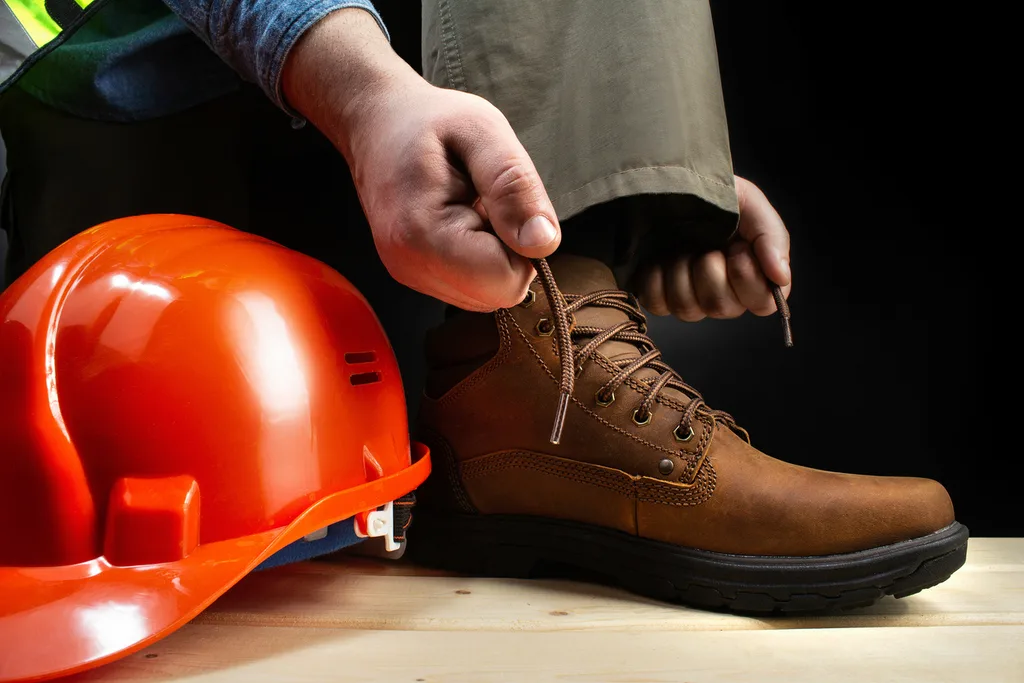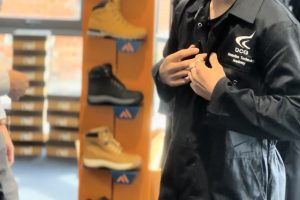Avoid foot accidents on construction sites
CONSTRUCTION SITES can be incredibly exciting and kinetic places to work, but they are also ripe with potential accident sites. While head injuries might be more notorious, foot injuries are among the most frequent (and costly) incidents on construction sites, and they come in all shapes and sizes.

From fractures and punctures to sprains and lacerations, a single accident can result in significant medical bills, lost work time and hefty compensation claims for businesses that might be ill-equipped to afford. In fact, in the UK alone, workplace injuries cost an estimated £21.6 billion in 2022/23, which only underscores why robust prevention measures are essential.
1. Identify potential hazards
Before any work begins, conduct a thorough walk-around of the site to spot risks that could lead to potential foot injuries, including:
- Uneven surfaces or changes in levels that could result in painful falls.
- Trailing cables and loose debris that a worker could trip over.
- Wet, icy or oily patches that invite slips.
- Sharp objects like nails and metal offcuts.
Address each hazard immediately, if possible, and clear away debris and cables, install warning signs, and level out uneven areas so workers can move confidently without risking a trip or puncture.
2. Provide appropriate footwear
Ensuring every team member wears the right boots is a cornerstone of foot-injury prevention. Work safety boots provide essential protection with features such as:
- Steel or composite toe caps to shield against impacts and falling objects.
- Puncture-resistant midsoles to guard against nails and sharp debris.
- Anti-slip outsoles for wet or oily surfaces.
- Anti-fatigue insoles to reduce strain during long shifts.
Remember also that fit matters just as much as features. Boots should leave about 1 cm of toe room and hold the heel snugly to prevent blisters and twisted ankles.
3. Conduct regular training
Foot-safety protocols only work if everyone remembers to follow them. Schedule brief, recurring toolbox talks that cover:
- Proper housekeeping (clearing clutter and spills)
- Correct storage of tools and materials
- Safe cleaning procedures for oils and chemicals
- Foot-care practices (inspect boots, report wear and tear)
These reminders keep prevention top of mind and encourage a culture where every worker feels responsible for maintaining a safe site.
4. Pay attention to working conditions
Outdoor projects expose feet to extreme temperatures and moisture:
- In winter, provide waterproof socks or thermal liners to prevent frostbite and chilblains.
- In summer, encourage frequent foot washes and changes of socks to stave off blisters and fungal infections from sweat.
By adapting PPE and hygiene practices to the weather, you’ll hopefully be able to keep your workers’ feet on solid ground all year round and protect both your workforce and your bottom line.
HSM publishes a weekly eNewsletter, delivering a carefully chosen selection of the latest stories straight to your inbox.
Subscribe here






